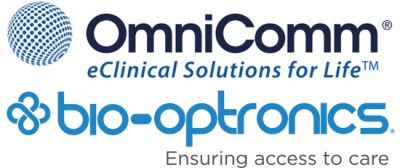With EDC systems becoming a vital hub for both site and patient-entered data, there are ever-growing demands to extract the data in a wide variety of formats. Whether needed for tracking status in a CTMS, generating records for a payments system, producing SDTM datasets for submission, or transmitting adverse events to a safety system, the demands are both complex and urgent. If your only starting point is a set of default SAS datasets coming out of the EDC system, you’ve got a lot of programming to do!
This webinar takes a generic look at how data is typically stored in an EDC system, and the resultant mechanisms that are necessary to extract the data quickly and efficiently. It includes a worked example on producing a Vital Signs SDTM dataset, to show that producing SDTM is far more than just a mapping exercise.
The webinar also covers two possible techniques for transmitting data to a safety system, one using the industry-standard E2B format, the other generating a formatted PDF that includes both the AE and all related information such as concomitant medications. If you are still asking your sites to report adverse events by fax, these alternatives show there is a better way.
Regardless of what EDC system you currently use, if you’re finding that you can’t get the data out in a timely and efficient fashion, this webinar will provide insights and techniques you can start using immediately.
Presented by

Keith Howells,
Senior Vice President, Development
Mr. Howells has almost 25 years of experience in building and implementing applications that support clinical research. As head of development for OmniComm Systems, he is responsible for the TrialMaster product for Electronic Data Capture, and the TrialOne product for Phase I clinic automation.
Prior experience includes 5 years as head of development for Medidata Solutions and 5 years as head of development for Oracle’s pharmaceutical application suite. Mr. Howells has a degree in physics from Oxford University, England.




